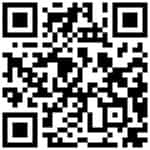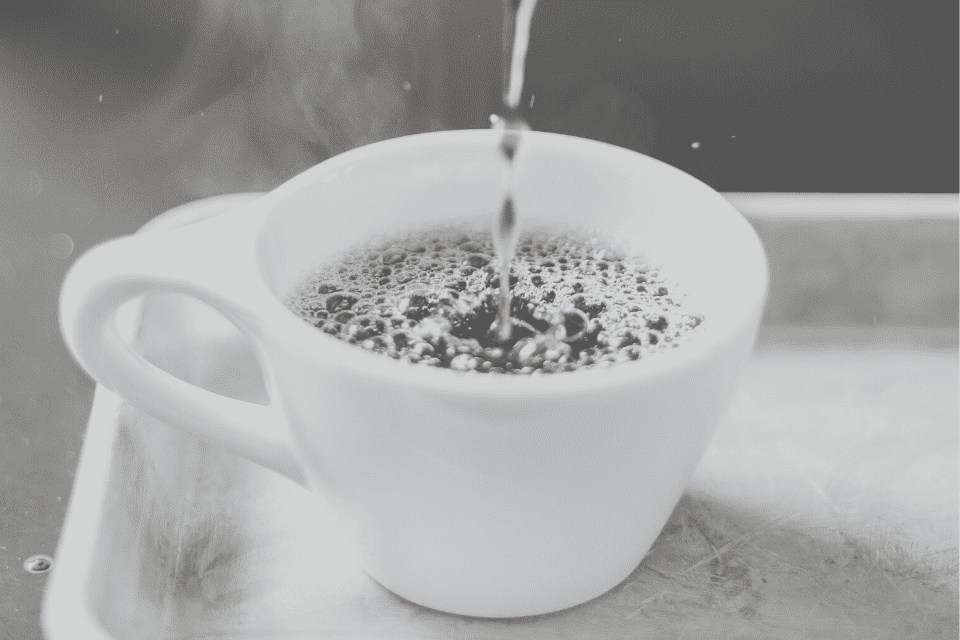What would you do if your coffee was suddenly rationed? What if you had to cut your coffee consumption in half? Even with the shortages we’ve faced in the last couple years, so far we’ve still been able to get our coffee- and as much as we like. But that wasn’t the case during World War II.
During an 8 month stretch beginning in November 1942, coffee was added to the ration list for American civilians. Though Brazil and other Latin American countries were producing record amounts of coffee, the U.S. coffee supply was diminishing because of the war. Any available ships were being redirected to the war effort, causing limited shipping. In addition, German U-boats patrolled shipping lanes, sinking any merchant ships they could.
Before coffee made the rationing list, the government tried to simply limit coffee roasters’ supply. In April of 1942, coffee roasters were limited to 75% of their previous year’s supply. Then, just five months later, that amount was decreased to 65%. Eventually, in November of that same year, the Office of Price Administration felt it necessary to ration coffee for civilians in order to give priority to the military. Up to that point, Americans drank twenty pounds of coffee per year per person. That amount was basically cut in half. The rules allowed only one pound of coffee every five weeks to anyone over 15 years old.
Following this, Life magazine published an article in their November 30 issue with suggestions for how citizens could stretch their coffee. Some of the suggestions included adding chicory, using a level tablespoon instead of a heaping one per cup, boiling coffee on the stove or using a percolator to increase the yield, and “double-dripping” coffee with a drip coffee maker.
In February 1943, further rationing was instituted, updating the guidelines to one pound of coffee every six weeks for everyone over 15 years old. People were also encouraged to spread out their coffee purchases over the six-week period rather than getting their full pound all at once.
Though everyone was very supportive of the war effort and gladly made any sacrifices necessary to provide aid toward it, coffee rationing was considered unpopular (though no rationing was considered exactly enjoyable.)
Finally, in July of 1943, President Roosevelt announced that they were putting an end to the coffee rationing, making coffee the first item to be removed from the rationing list.
Thankfully, we have not yet had to repeat rationing measures for coffee, and hopefully we’ll never have to. Raise your mug for a toast to the best-loved drink in the world and savor the fact you get to enjoy it without limits today.
And, while you’re at it, check out our tasty, locally roasted coffees!


